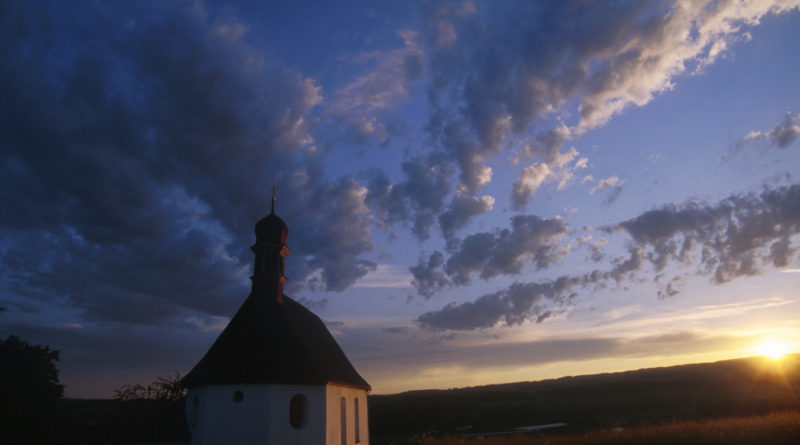Sunset photography
Sunset is the time at which the sun disappears below the horizon in the west. Sunset is often more brightly coloured than sunrise, with shades of red and orange more vibrant. The atmosphere responds to exposure to the sun in a number of ways during daylight hours. In particular, there tends to be more dust in the lower atmosphere at the end of the day than at the beginning.
Sunset images
Sunsets can provide some spectacular images, although these are very popular and so not at all out of the ordinary. Generally speaking, taking a photograph at sunset is fairly safe with regard to the eyes, but taking pictures of the bright sun needs considerable care. On no account should you look at the sun through the camera lens without using a filter as you can damage the camera and – more importantly – your eyesight. Hoya produce a neutral density filter (NDx400), which it considers will allow a minimum amount of time to just compose the shot, providing you then look away to take it. Viewing the sun for example during an eclipse requires totally different and much stronger filtration. You often see people using flash when taking photographs of sunset scenes or other landscapes. A flash is of no use whatsoever in these cases as the flash to subject distance is far too great. The only answer is to switch off the flash mode, put the camera on a tripod and if you don’t have a cable release, use the self-timer mode.
Click on each pictures to enlarge it.
Many people want to take sunset photography, fascinated by the picturesque landscape. However, you can only achieve the best photos if you plan them beforehand. The needed preparations won’t take you a lot of time, but you need to be ready, if you want some perfect photos. Start looking for the ideal spot, where you could capture both the sunset and some background features. A perfect sunset will take only half an hour, so you need to take all the photos, during that time. Because of the weather, you can’t be sure that next day, you will have the same luck, so you need to be prepared. Beyond, we will explain everything you need to know, for taking the perfect sunset photography.
Adjust the Settings On Sight
Every photographer knows that capturing a sunset, or any picture of the sun, is very hard. The intense light tends to distort your camera’s light meter. In order to fix that, you will have to adjust the light settings manually, as you’re watching the sunset through your LCD screen. You can always go with the predetermined sunset mode, but it’s better to do all the adjustments by yourself.
Choose a Proper Aperture
Because you’ve decided to use the manual settings, you also have to focus on the aperture. Normally, the background is not important when it comes to a sunset photography and that’s why, you should set it between F8 and F10. This is the best aperture range, because it will also help you get more light, and the pictures won’t look blurred. If the sun is just about to set and the light is limited, you should go with the F8. In that case, it’s more advisable to bring a tripod with you. Natural light is no longer your friend, and you will need some extra help.
Clouds or No Clouds?
It depends. An experienced photographer will use the clouds in its own favor, and turn that, into an amazing photo. But clouds can also ruin a good sunset photography, if they’re completely blocking the sun. However, a clear sky is not helpful either and it won’t let you capture the pink and purple reflections, that make it a good photo. Normally, the color you’re looking for is a combination of blue sky and pale clouds. The sun and the reflections will be visible, and you will achieve a very picturesque result.
Zoom
Remember that in a sunset photography, sun is your point of interest. Even though some background details are welcomed, sun should be your top priority. In order to achieve that, you will have to zoom in more, and to eliminate any other details. Too many details can ruin a sunset photography, even when you have the perfect frame and the right settings. So zoom in, and frame the sun in the middle of the photo. You will notice the difference.
Conclusion
Taking a perfect sunset photography is less about the settings and more about the timing. Bring the camera with you on every occasion, because you never know when you’ll get the perfect landscape.
